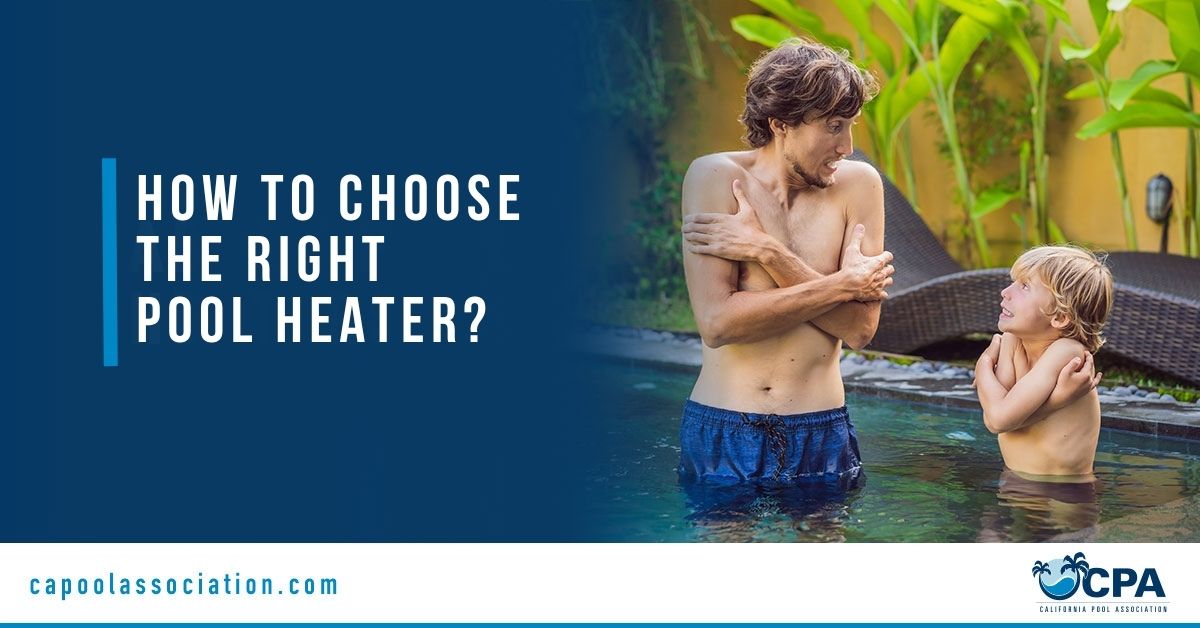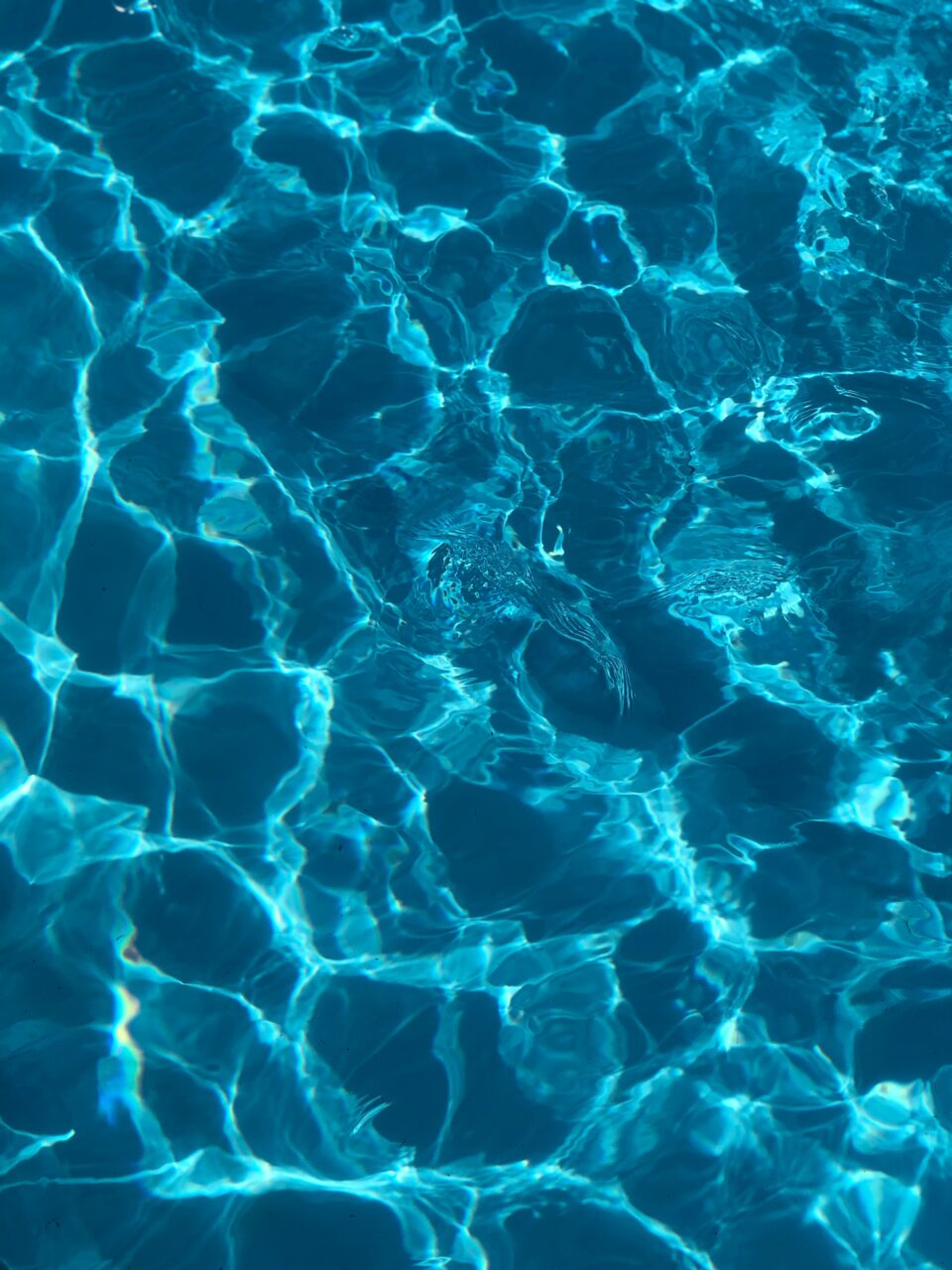
Having a swimming pool in California often means you want to extend your swimming season and keep water comfortable without running up the bill. The right heater makes that possible. This updated guide (October 2025) explains the main heater types, the latest California rules, and a clear process to choose what fits your home, budget, and climate.
| Heater Type | How It Heats | Upfront Cost | Operating Cost | Heating Speed | Best Fit in California |
|---|---|---|---|---|---|
| Solar | Sun via collectors | Medium–High | Very Low | Moderate (weather-dependent) | Sunny areas (SoCal, Inland valleys) with good roof/yard exposure |
| Gas | Burns natural gas/propane | Low–Medium | High (fuel + service) | Fastest | On-demand/occasional use; verify local emission and code limits |
| Electric resistance | Heating elements | Low–Medium | Highest per heat unit | Moderate | Small/above-ground pools, light use |
| Heat pump | Moves heat from air to water | Medium–High | Low–Medium (very efficient) | Moderate–Fast in mild temps | Most CA regions with regular use; strong cost-to-comfort balance |
California’s Building Energy Efficiency Standards (Title 24, Part 6) emphasize high-efficiency, low-emission pool and spa heating. In many new builds and major remodels, the primary heater is expected to be solar thermal, a heat pump, or site-recovered energy. Local air-quality districts enforce low-NOx limits on gas units, and federal efficiency standards for pool heaters continue to tighten. Existing gas heaters can usually stay in service, but future replacements may face stricter requirements. Pool covers are often required or strongly encouraged to reduce energy use. Always confirm the latest details with your city/county and a licensed contractor before you buy.

If you are installing a new heater, plan for a solar or heat-pump primary system to stay efficient, reduce emissions, and align with code. If you already own a gas heater, you can usually keep it, but budgeting for a future transition is sensible. Choosing compliant, well-installed equipment reduces retrofit risk, supports property value, and helps keep day-to-day costs predictable.
Can I still install a gas pool heater?
Often yes for replacements or as supplemental heat. For new primary heaters, rules are moving toward solar or heat pumps in many scenarios. Check your local permitting office before buying.
Are electric resistance heaters a good idea?
They are acceptable for small or above-ground pools with light use, but operating costs are higher. For regular swimming, heat pumps or solar usually cost less to run in California.
My yard is shaded — does that rule out solar?
Not completely, but it reduces output. Heat pumps are usually the better fit for shaded sites or where roof space is limited.
Will a cover really make a difference?
Yes. Covers dramatically cut evaporation and nightly heat loss, improving comfort and lowering energy use regardless of heater type.